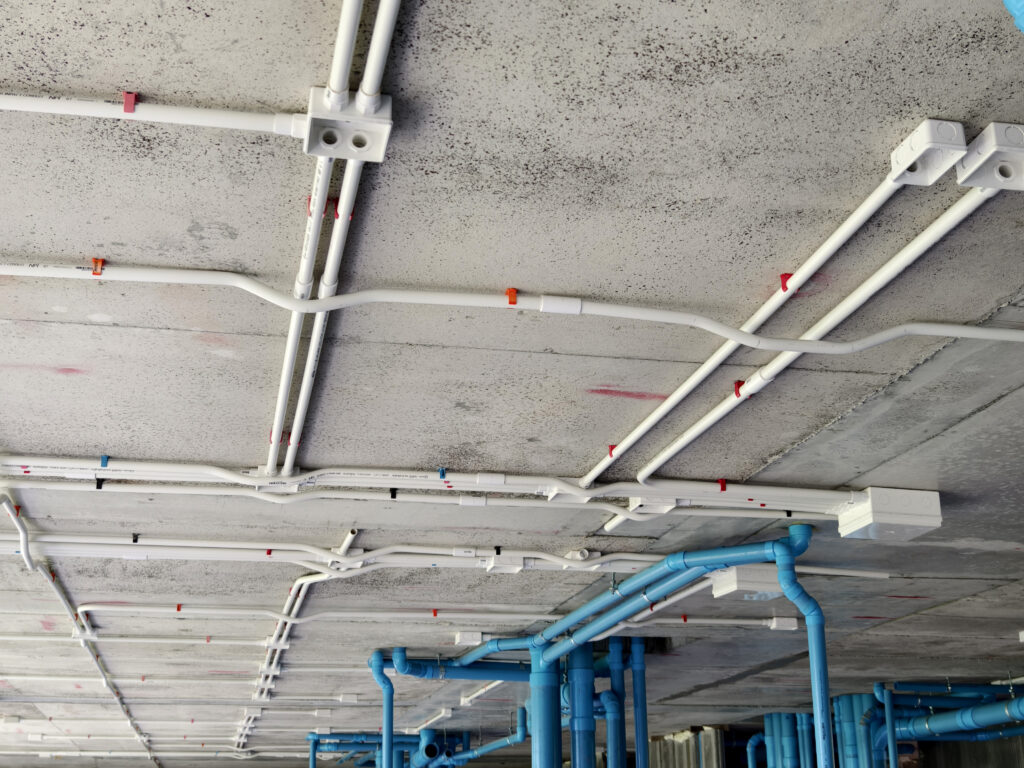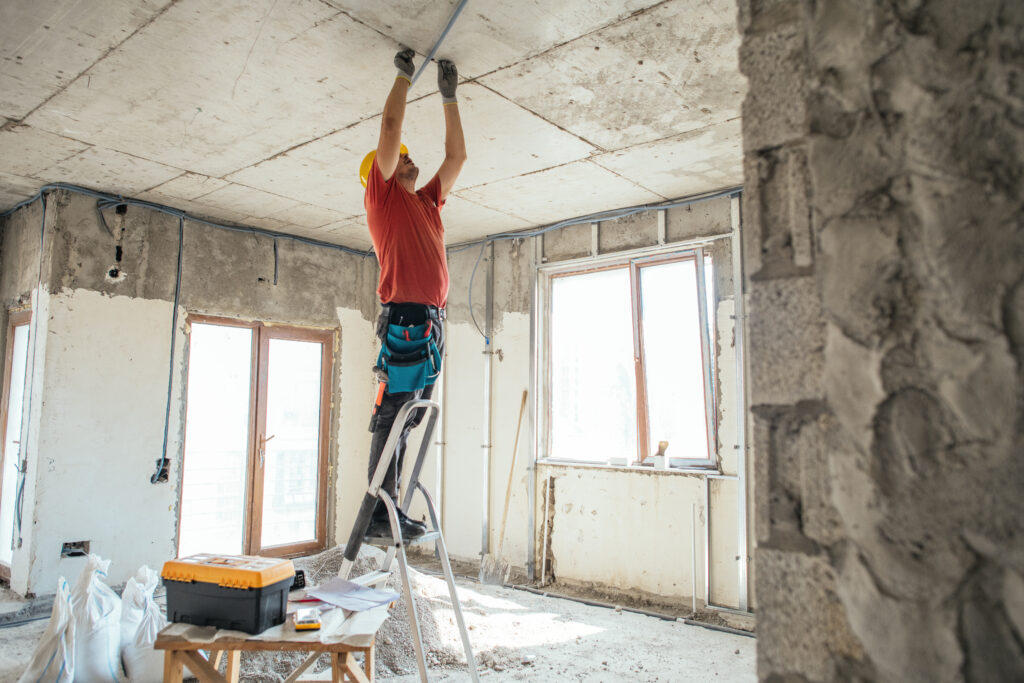Reinforced Autoclaved Aerated Concrete (RAAC) Assessments
Land and Property Professionals
We sell, rent, manage, survey, plan and advise...what can we do for you?
We sell, rent, manage, survey, plan and advise...what can we do for you?

RAAC is the reinforced version of autoclaved aerated concrete (AAC). RAAC is ‘bubbly’ in appearance (like an aerated chocolate bar) and typically reinforced by steel bars or mesh to enhance its structural strength.
Originally developed in the 1930s, It gained popularity in the UK from the mid-1950s as a cheaper and more lightweight alternative to conventional reinforced concrete and was used in construction across the UK from the 1950s until the mid-1990s (although RAAC manufacturing in the UK is believed to have ended in 1982). It is predominantly found as precast panels in roofs (commonly flat roofs but sometimes pitched) and occasionally in floors, walls and cladding. Hundreds of thousands of RAAC structural panels exist across a broad cross-section of buildings in both the public and private sectors, including factories, schools, hospitals, offices, residential accommodation, substations, ambulance stations and many other buildings.

The properties of this lightweight aterial, and it’s structural behaviour, differ significantly from ‘conventional’ reinforced concrete. Poor installation and post installation damage may compromise it’s structural integrity and water ingress can also lead to deterioration leading to significant structural issues, including potential catastrophic collapse.
The extent of it’s use in buildings in the UK is unclear with limited historical data regarding installation and there is no information available regarding the state of most RAAC panels currently in place.
Previous guidance was revised following panel failures in 2017 and 2018 which has led to a review of potential risk related to this material resulting in amended guidance being issued regarding the need to identify and check RAAC.

We can carry out an initial visual assessment to identify where you may have RAAC panels and to assess the condition of RAAC components and the immediate environment (including checking for roof leaks) to advise on potential risk. Where identification/assessment is not immediately possible, we can advise on options for further limited intrusive or non-destructive testing.
If RAAC is found then we can also advise regarding management practices.
David Cook has managed RAAC survey and identification programmes for a number of public sector bodies and has been involved in scoping discussions with UK Research and Innovation regarding site surveying practices relating to RAAC identification as part of the RAAC impact programme.
For further information please contact: